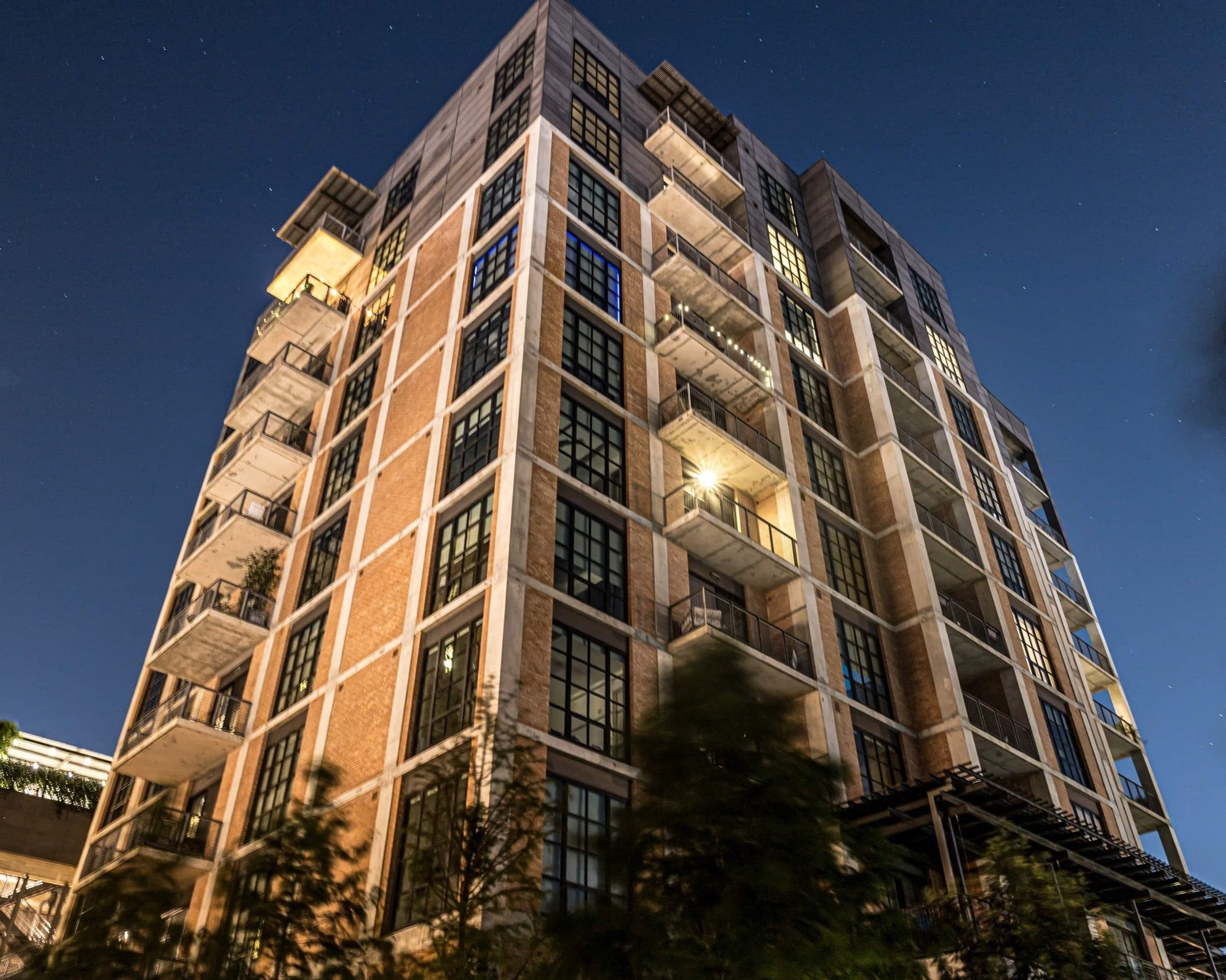Improving Wireless Connectivity and Performance in Multi-Unit Environments for Optimal Customer Satisfaction
Improving Wireless Connectivity and Performance in Multi-Unit Environments for Optimal Customer Satisfaction
Blog Article
In the current environment, having a robust and reliable Wireless connection is essential, especially in multi-unit environments like apartments or condo complexes. Numerous individuals depend on the internet for work, school, and leisure activities. Nonetheless, Wireless transmissions can struggle to reach every corner of these buildings due to multiple barriers. These hindrances can consist of partitions, levels, and other digital devices that interfere with the signal. To improve Wi-Fi signal strength and performance in these settings, it is important to understand some basic concepts of Wi-Fi networking.
One effective way to enhance Wi-Fi operation is by intelligently positioning routers and access points throughout the building. A central location is usually best, as it allows the signal to travel evenly in all areas. In spacious multi-unit units, several repeaters may be required. These units assist increase the reach of the Wi-Fi infrastructure and provide better coverage to residents in different parts of the building. Additionally, using equipment that support the latest wireless standards can lead to faster speeds and better total performance.
Another important factor in optimizing Wi-Fi connectivity is reducing disruption from other devices. Many domestic appliances, such as microwaves and cordless phones, can discover here interfere with wireless transmissions. It is recommended to position routers away from these appliances to ensure a more stable signal. Additionally, adjusting the frequency settings on a router can help minimize conflict from adjacent signals. The majority of routers by default choose the most suitable channel, but manually choosing a less congested one can improve efficiency.
Regularly updating device software is also crucial for ensuring maximum Wi-Fi stability. Manufacturers frequently issue patches that fix bugs and enhance security measures. Keeping the software current ensures that residents benefit from the latest improvements and defenses against potential risks. Furthermore, monitoring network activity helps detect which devices utilize more resources, allowing for better allocation of available capacity.
Ultimately, educating users about best practices for utilizing wireless networks can significantly enhance their performance. site link Simple measures such as connecting only necessary units, using Ethernet connections when feasible, and regularly restarting the router can make a difference. By fostering a community that comprehends how to optimize their network usage, multi-unit residences can enhance resident satisfaction and guarantee that everyone enjoys a reliable Wi-Fi service. This integrated approach of planned placement, reducing interference, managing equipment, and informing users will result in a more reliable and enjoyable wireless experience for all occupants.